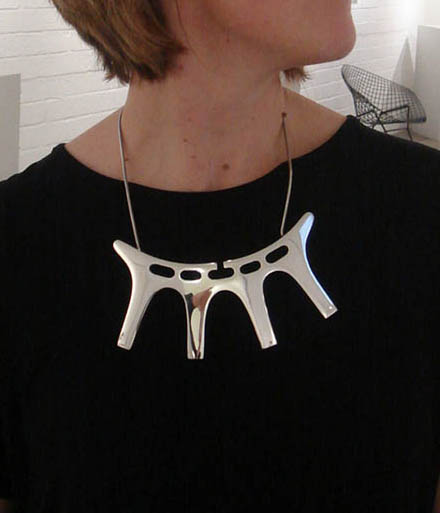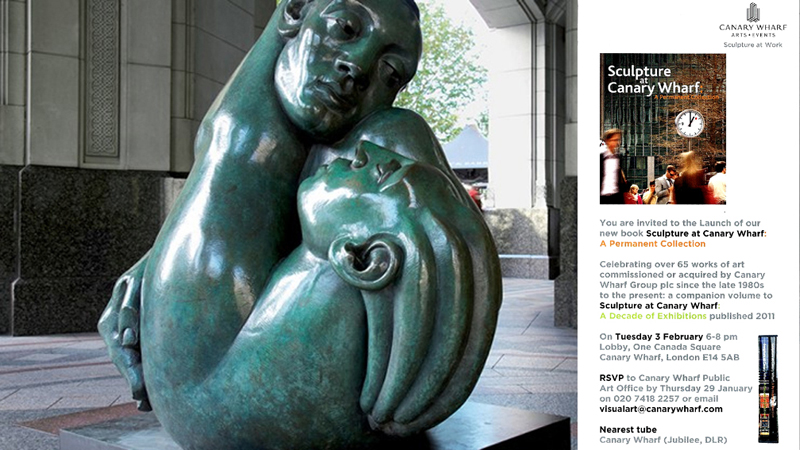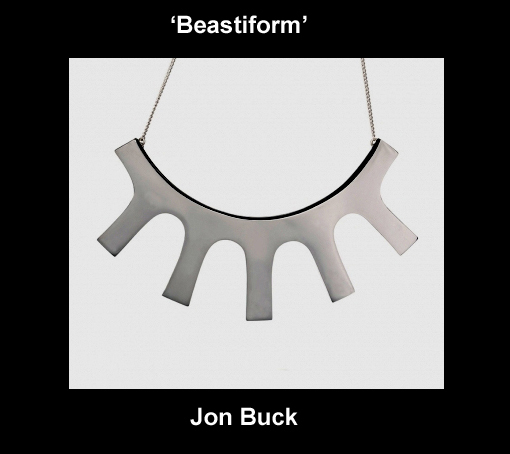WEARABLE SCULPTURE
Christmas Cracker!
Gallery Pangolin
14th November – 18th December
Chalford, Stroud GL6 8NT
Gallery Pangolin’s winter exhibition includes three of my sterling silver ‘wearable sculpture’ necklaces: Curviform, Beastiform and Double Deer. Two of these pieces were exhibited earlier this year in the Sculptor’s Jewellery exhibition at Pangolin London, Kings Place, London. The third, Double Deer, illustrated here, is a necklace specially made for the Christmas exhibition.
Wearable sculpture has a long history but is something of an unknown contemporary genre though 20th Century artists from Picasso and Alexander Calder to Lynn Chadwick and Geoffrey Clarke all made sculptor’s jewellery.
I find the idea of jewellery as wearable sculpture a fascinating and appealing concept. The normal practice for exhibiting small pieces of sculpture is to present them in splendid isolation on a plinth. Forms designed to ornament the body break free of this convention to become animated and to develop an intimate relationship with the wearer.
It seems we have a compulsion to adorn ourselves and give special significance to the objects we wear on our bodies; an incredibly ancient tradition that goes back to the very origins of art itself. One of the very earliest sculptures ever to have been discovered is a small Palaeolithic figure, the Venus of Hohle Fels, that has a carved ring in place of a head, presumably so that she could be worn as a pendant or amulet.
Some jewellery becomes so part of a person’s identity that it is never removed; other pieces are reserved for special occasions. These items when not being worn are usually carefully secreted away from view. I would like to think that in contrast ‘wearable sculpture’ when removed can revert to being an independent object again and be overtly displayed as a work of art.
In her introduction to the catalogue for ‘Sculptor’s Jewellery’ the art columnist Emma Crichton-Miller commented on my work:
“His pieces bring to the fore the ancient power of jewellery to
make its wearer special – a power that reaches back to the
origins of all artistic making.”









